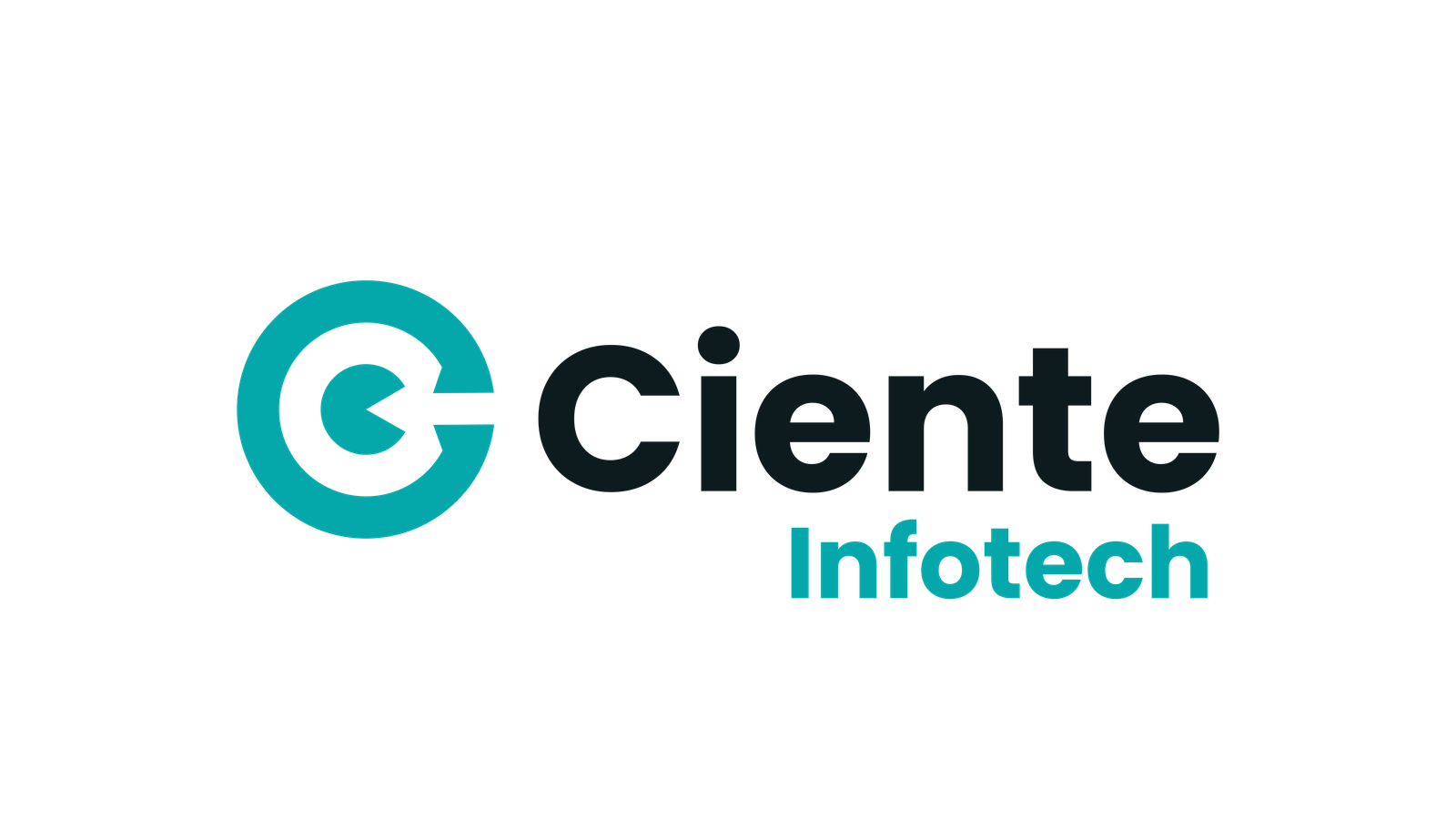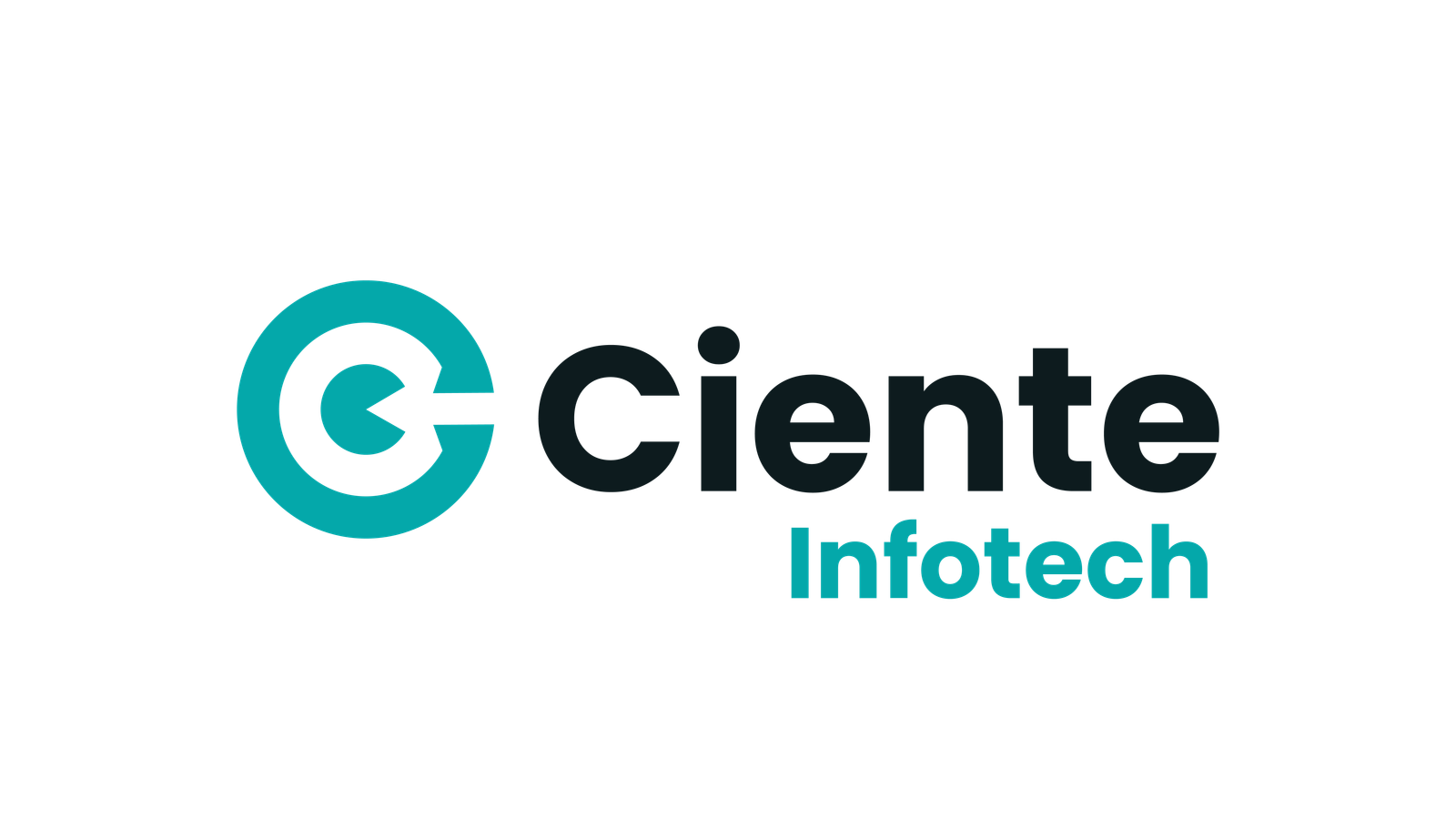Cloud Computing is the present and future. While SaaS dominates the scene, it might not be the complete picture. There’s more to Cloud than the eye can see.
Cloud, without a doubt, is the driving force of the professional industry. Data, applications, and the entire infrastructure of modern computing are based on some form of its computational powers.
Of course, the Cloud offers flexibility and power without pouring vast amounts of money into the infrastructure; it helps businesses become scalable. Either organizations could set up data centers in-house or rent them from giants like Microsoft and AWS.
Even our AI systems work on large clusters of data centers that are cloud-based. And the users of this tech use it through the power of these virtual servers.
However, it is imperative to understand this technology if it is to be harnessed.
Understanding Cloud Computing
Definition and Core Concept
The concept of cloud computing involves utilizing internet-hosted remote servers to handle data storage and processing tasks instead of using local servers or personal computers. Digital operations in business environments have been transformed by this new technological advancement.
Organizations used to operate their on-site data centers, which required extensive hardware resources and IT staff. The digital landscape’s evolution prompted businesses to look for scalable and cost-effective technological solutions. Cloud computing provides organizations access to computing resources without extensive physical infrastructure and delivers exceptional flexibility. Cloud services now serve as essential components of our every day activities by powering both streaming platforms and financial operations.
Why Cloud Computing Matters
Multiple factors have led to the broad adoption of cloud computing, with cost efficiency and scalability being the primary driving forces. Companies can save on hardware costs and maintenance because cloud service providers manage these tasks. Organizations benefit from cloud computing because they can adjust their resource level according to demand and pay only for the needed resources.
Security is a vital element influencing cloud adoption decisions. Top cloud providers allocate substantial resources towards security infrastructure, which features strong data encryption methods as well as disaster recovery solutions and compliance mechanisms. Business operations improved through remote resource access, which facilitates geographic collaboration. Cloud computing continues to lead technological evolution as industries advance their digital operations.
The Key Components of Cloud Computing
Cloud Service Models
Three main service models define the structure of cloud computing to meet various requirements.
Infrastructure as a Service (IaaS)
IaaS provides computing resources as a service. Businesses can rent essential infrastructure from cloud providers such as AWS, Google Cloud, and Microsoft Azure instead of investing in physical server equipment. The model provides adaptability for organizations needing rapid expansion of computing power according to their workload needs.
Platform as a Service (PaaS)
Developers can build applications and handle testing processes using PaaS without needing infrastructure management knowledge. PaaS solutions make application development easier by providing ready-to-use environments that include necessary development tools alongside built-in databases and frameworks.
Software as a Service (SaaS)
SaaS makes fully developed software available online to its subscribers. Google Workspace, Salesforce, and Dropbox allow users to access their applications from any location that has internet connectivity. The business model excels for organizations that need software accessibility without needing to build infrastructure or maintain IT services.
Cloud Deployment Models
Multiple cloud deployment models exist to address specific business needs, and each provides exclusive benefits.
Public Cloud
Providers, including AWS, Microsoft Azure, and Google Cloud, offer public cloud services that distribute computing resources via the Internet to multiple clients. Organizations aiming to lower their IT costs will find this model both financially efficient and expandable, ideal for startups and large enterprises.
Private Cloud
A private cloud provides exclusive services to one organization while ensuring improved security management and regulatory adherence. The healthcare and finance sectors usually choose private cloud solutions to fulfill their regulatory obligations.
Hybrid Cloud
Hybrid cloud solutions integrate public and private cloud components to help businesses maintain flexibility while retaining control. Organizations ensure optimal performance and security by storing sensitive data in a private cloud and using the public version for high-demand workloads.
Multi-Cloud Strategy
Organizations develop a multi-cloud strategy by deploying multiple cloud service providers to achieve better cost efficiency and improved performance along with heightened reliability. Distributing workloads among various cloud environments enables businesses to reduce downtime while eliminating vendor lock-in and improving redundancy.
Edge computing has become essential for modern cloud computing operations.
What Is Edge Computing?
Edge computing processes data directly at its origin point instead of sending it to centralized cloud servers. Edge computing improves real-time application performance, including IoT systems, autonomous vehicles, and industrial automation, through latency reduction and bandwidth consumption optimization.
A Cloud-Driven World Requires Edge Computing Solutions
Traditional cloud models struggle with latency and data transfer expenses when digital interactions grow. Edge computing resolves latency and bandwidth issues by locally analyzing essential data before forwarding it to cloud platforms for subsequent examination. This method improves performance notably in sectors that need immediate reaction times, like healthcare and smart-city applications.
How Edge Computing Works with the Cloud
Edge computing functions as a complementary technology to cloud computing through its efficient data processing capabilities. The hybrid approach that utilizes edge computing for real-time data processing while storing and analyzing big data is gaining widespread use. Multiple industries can create new innovations through edge computing integrated with cloud computing which covers predictive maintenance for manufacturing and AI-based analytics functions.
Benefits and Challenges of Cloud Computing
Advantages Driving Cloud Adoption
• Scalability: Businesses can adjust their resource levels quickly to match their present needs.
• Cost Efficiency: Cloud makes operations cost-efficient by paying solely for the resources you consume.
• Enhanced Security: Cybersecurity is one of the core principles of Cloud computing. Every cloud provider ensures that no breaches take place.
• Remote Accessibility: Remote Accessibility enables users to work with cloud services from any global location.
Common Challenges and Risks
• Security Concerns: Organizations face significant risks with data breaches while also needing to address various compliance challenges.
• Downtime Risks: Business continuity faces threats from service outages during downtime events.
• Vendor Lock-in: Cloud providers create vendor lock-in, which restricts organizational flexibility.
Leading Cloud Service Providers and Market Trends
The Major Players in Cloud Computing
As a market leader, AWS delivers a comprehensive suite of cloud-based services.
Microsoft Azure stands out with its robust enterprise focus alongside hybrid cloud capabilities.
Google Cloud Platform provides sophisticated options for artificial intelligence development and analytical processing.
Emerging Trends in Cloud Computing
• AI and machine learning integration.
• Serverless computing and automation.
• Sustainability and green cloud initiatives.
Selecting the Perfect Cloud Strategy for Your Business Operations
Key Factors to Consider
• Business goals and scalability needs.
• Cost analysis and budgeting.
• Security and compliance requirements.
Steps to a Successful Cloud Migration
• Assess IT infrastructure.
• Choose the right cloud model.
• Develop a migration roadmap.
• Follow best practices for implementation.
The Future of Cloud Computing
Predictions and Innovations on the Horizon
• Quantum computing’s impact on cloud services.
• Decentralized cloud solutions.
• Continued evolution of cloud security.
How Businesses Can Stay Ahead
• Embrace continuous cloud education.
• Invest in security and compliance.
• Partner with reliable cloud vendors.
Modern digital operations require the use of cloud computing as an essential component rather than an optional service. Businesses that understand their service models and deployment strategies, along with emerging trends like edge computing, can achieve unprecedented efficiency and innovation. The organizations that adopt and advance their cloud strategies will gain the most benefit in future success.



